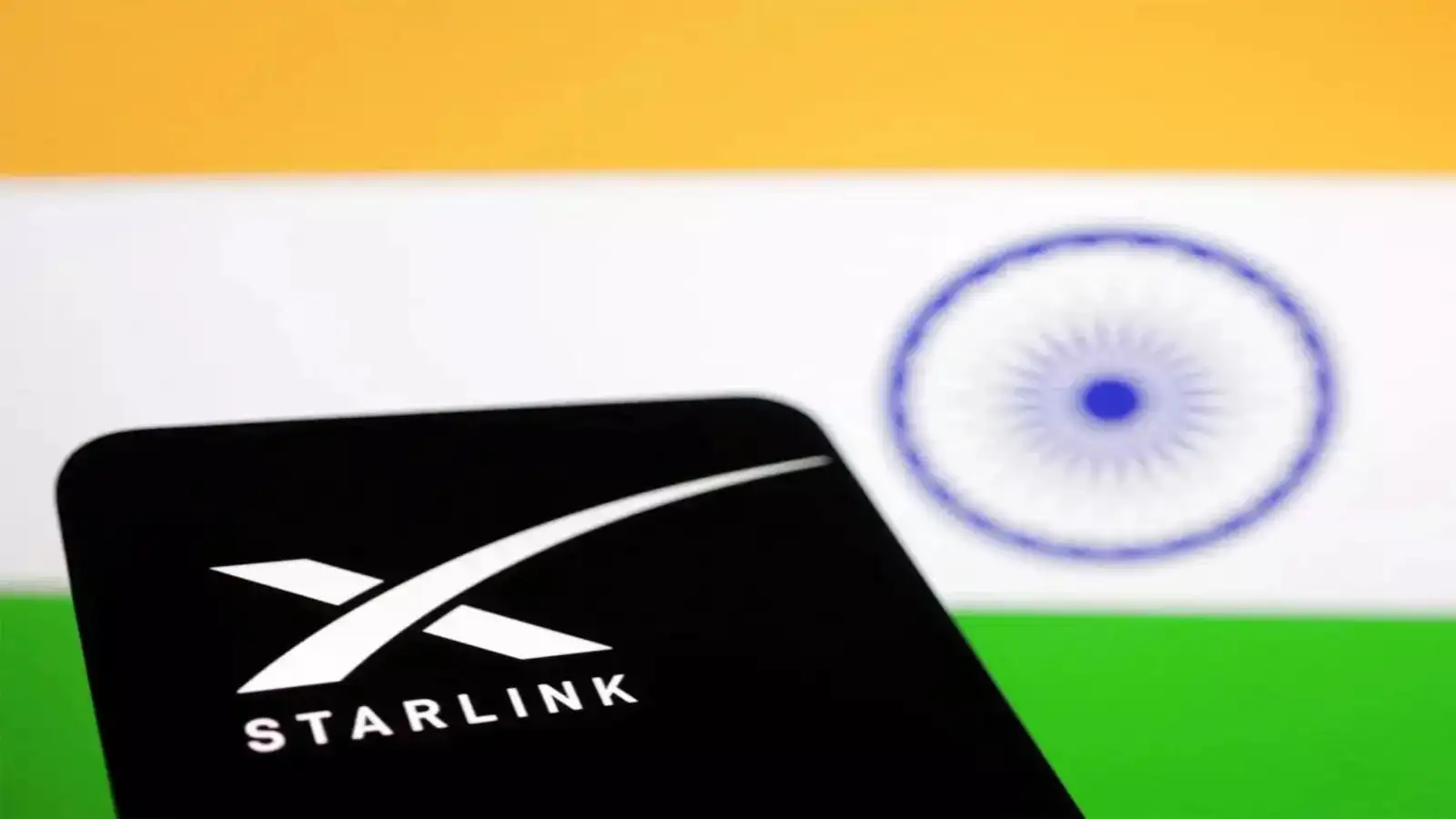A significant development looms for India’s internet landscape: Starlink is preparing to launch operations. Yet, a recent analysis from Axis Capital suggests that Elon Musk’s satellite internet service will not shake up the established broadband providers like Bharti Airtel and Reliance Jio. Instead, Starlink is expected to remain a premium, niche offering in a market driven by competitive pricing and extensive existing infrastructure.
Key Takeaways:
- Axis Capital views Starlink as a high-end service, not a direct threat to mainstream telecom operators in India.
- Starlink’s global average revenue per user ($25-30) is considerably higher than India’s mobile ($4-5) and broadband ($7-8) ARPUs.
- The initial equipment cost for Starlink is approximately ₹33,000, and the monthly plan is expected to be ₹3,000.
- India’s telecom operators have already invested heavily in 5G and fiber optic networks, offering high-speed, low-cost alternatives.
- Starlink’s market will likely be limited to remote and underserved areas where traditional infrastructure is scarce.
- Regulatory hurdles and the need for spectrum allocation have also contributed to delays in Starlink’s full commercial rollout in India.
Elon Musk’s Starlink, a satellite internet service, has garnered considerable attention globally for its promise of delivering high-speed internet to remote and underserved regions. With its recent operating license in India, anticipation is high for its imminent arrival. However, financial analysts at Axis Capital have weighed in, presenting a perspective that tempers expectations for a major shift in India’s competitive broadband market. Their assessment points to Starlink entering as a premium offering, unlikely to pose a significant challenge to the dominance of existing telecom players.
Decoding Axis Capital’s Stance
Gaurav Malhotra, Executive Director at Axis Capital, recently highlighted several points that underscore their view. A core argument revolves around the disparity in pricing structures. Globally, Starlink’s average revenue per user (ARPU) stands at roughly $25 to $30. When compared to India’s mobile operators, whose ARPU is around $4 to $5 even after recent tariff revisions, the difference is stark. India’s broadband ARPU hovers around $7 to $8. Starlink’s anticipated monthly plans in India, reportedly around ₹3,000 (approximately $36), position it well above these figures.
The high upfront cost of equipment further solidifies this premium positioning. While typical home routers in India come with a security deposit of ₹2,000 to ₹2,500, Starlink’s required satellite dish device is estimated to cost around ₹33,000. This substantial initial expenditure, coupled with the recurring monthly fee, makes Starlink a far more expensive option for the average Indian consumer. Given these price points, Axis Capital maintains that there is little immediate concern for the established telecom operators.
Starlink’s Value Proposition and Market Reality
Starlink aims to bridge the digital divide by providing internet access in places where traditional fiber optic cables or cellular networks are impractical or unavailable. Its constellation of low Earth orbit (LEO) satellites promises high-speed, low-latency connectivity, a clear advantage in truly remote areas. For consumers in far-flung villages, disaster-stricken zones, or specific enterprise needs like maritime or aviation, Starlink offers a lifeline.
However, India’s telecom landscape presents a formidable challenge. The country boasts a vast and rapidly expanding network of terrestrial broadband. Reliance Jio and Bharti Airtel, the two largest players, have invested billions in rolling out extensive 5G networks and fiber-to-the-home (FTTH) services. These operators offer high-speed plans at significantly lower prices, often bundled with other services. Fixed Wireless Access (FWA) services, leveraging 5G infrastructure, are also gaining traction, further expanding affordable broadband reach.
The sheer scale of India’s existing network and its competitive pricing models mean that for a large portion of the urban and semi-urban population, Starlink’s offerings may not be compelling enough to justify the higher cost. The battle for mass-market broadband has already been won by terrestrial players through aggressive pricing and wide coverage.
Regulatory Environment and Strategic Partnerships
Starlink’s journey into the Indian market has not been without its regulatory challenges. After initial delays, the company recently secured a Global Mobile Personal Communication by Satellite (GMPCS) license from the Department of Telecommunications (DoT). This approval marks a crucial step, bringing Starlink closer to commercial operations. Yet, the next step involves spectrum allocation, which will pave the way for services to begin at scale.
Interestingly, Starlink has also formed partnerships with both Reliance Jio and Bharti Airtel. These collaborations are intended to facilitate the distribution and installation of Starlink equipment, particularly in rural and underserved areas. While some might see these partnerships as a move towards broader market penetration, analysts suggest they highlight Starlink’s reliance on established local distribution channels to reach its niche target audience, rather than directly challenging the core business of these telecom giants.
The entry of Starlink is undoubtedly a positive development for digital inclusion in India. It offers a viable, high-speed internet solution for segments of the population and specific industries that have remained unconnected due to geographical limitations or infrastructure challenges. This includes remote educational institutions, businesses operating in isolated locations, and individuals living in areas untouched by traditional broadband networks.
However, Axis Capital’s assessment points to a future where Starlink coexists with, rather than overwhelms, the established players. Its high cost structure, both for equipment and monthly services, positions it as a premium offering designed for specific use cases. The ongoing expansion of fiber optic networks and the widespread deployment of 5G by Indian telecom operators will continue to serve the vast majority of broadband users with affordable, high-speed options. Starlink, therefore, steps into the Indian market not as a major disruptor, but as a specialized service provider catering to needs that terrestrial networks cannot yet fulfill. Its impact will be felt most acutely in the pockets of connectivity it creates where none existed before, rather than in a broad shake-up of the country’s main broadband providers.



















